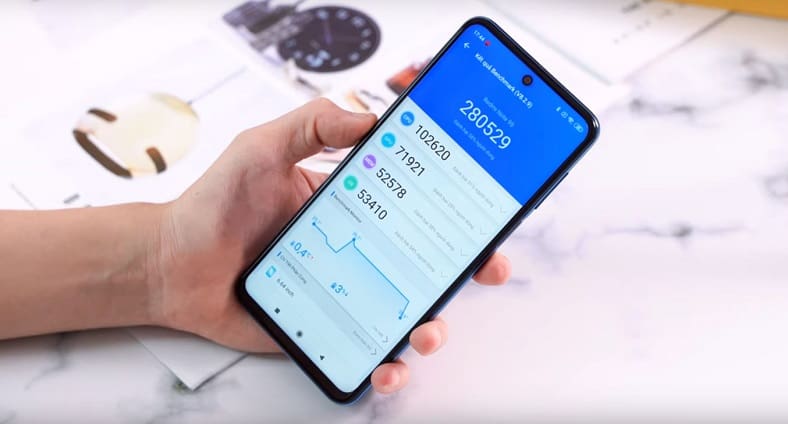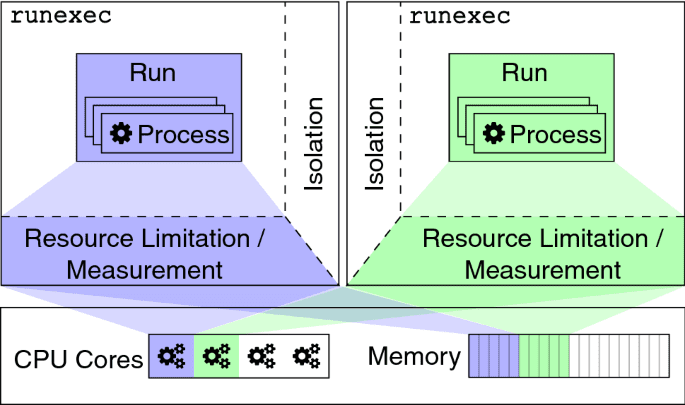As technology becomes increasingly complex, benchmarking has become a key component of product reviews.
Benchmarking is used to evaluate the performance of a device, with the results presented in numerical form. In this article, we’ll explain what benchmarking is, the different types of benchmarks available, and how benchmarking is used in mobile devices.
What is benchmarking?
Benchmarking is a process that involves simulating a series of tests to evaluate the performance of a device. This can include tests that measure the device’s general productivity or how well it handles video games.
The results of these tests are then translated into numerical scores, which can be compared to other devices.

Benchmarking is mostly used by engineers and product reviewers to collect data and offer direct comparisons between devices. The goal is to provide consumers with information that will help them make informed decisions when purchasing technology.
What type of computer benchmarks are there?
There are several computer benchmark programs available, but not all of them will be suitable for a specific use case. Some may not work on a particular system, but there are usually different benchmarks that can be used for various systems.

For example, at Tech Tumor, different benchmarks are used to test different types of devices and their performance. When reviewing a laptop, generalist tests like Geekbench 5 are used to get insights into the CPU performance. 3DMark is used to gauge graphical performance, while PCMark 10’s battery test can give an idea of how much stamina a laptop has.
Benchmarking performance on phones

Mobile phones can also be benchmarked since they have processors. Many benchmark apps can be installed on mobile phones to help users benchmark the performance of their devices. This is particularly useful if you have just purchased a new phone or if your current phone is slow and you want to know if it’s normal or broken.
There are many apps available that provide users with information about how their phones are performing and how they can improve performance. These apps provide detailed benchmarking results and allow users to compare their phone’s performance to other models to see which one has better performance.
The limitations of benchmarking data
While benchmarking is a useful tool, it does have its limitations. In the past, companies have been caught ‘gaming’ benchmarks, artificially raising their score by forcing the device to focus on running the benchmark test when its software detects it is running. Benchmarks also don’t usually detect stability issues or software bugs.

To combat this, product reviewers at Tech Tumor always back up synthetic benchmark tests with real-world use to ensure that the data collected mirrors their experience of actually using the device. This helps provide a more complete picture of a device’s performance.
Conclusion
Benchmarking is a critical component of technology product reviews, allowing for direct comparisons between devices. It is used to evaluate a device’s performance, with the results presented in numerical form. There are different types of benchmarks available for various devices, including mobile phones. While benchmarking has its limitations, it is a useful tool for evaluating the performance of technology products.





















